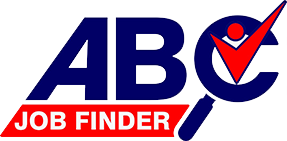Resume Formats
There are probably hundreds of resume samples you could find on the internet, yet in terms of function, they all take place in three main categories:
Chronological Resumes
Functional Resumes
Combination (Hybrid) Resumes
A suitable form of resume can differ according to your working experience and the nature of the job you are applying for.
Let’s take a better look:
A chronological resume’s top priority is to transfer your career experience. This resume is generally used for jobs in which recruiters and managers are trying to employ appliers with the most relevant work background.
Although skills, interests, volunteer works, and personal projects are also mentioned and realized, yet they stand after job history.
Chronological resume includes the below materials in order:
– Contact info
– Objectives
– Skills
– Professional experience
– Education
– Additional information (personal assignments, volunteer works, …)
A functional resume, in contrast, refers more to skills rather than experience. If you have had gaps in your career or have changed your work field, or you assume your experience isn’t impressive enough, this is the right setting for you. In this format, the focus is more on potential ability, relative education, and personal characteristics and attitude.
Functional resume includes the below materials in order:
– Contact info
– Summary statement
– Skills and abilities
– Work experience
– Education
– Additional attachments
A combination resume is a blend of the other two. Skills and experience could both get emphasized, and some less important items such as summary or volunteer work could be eliminated. The combination format is particularly operated in situations in which you want to explain how diverse skills and practices can make you the right person for the job.
Combination resume includes the below materials in order:
-Contact info
– Objective or summary statement
– Related skills
– Work experience
– Education

